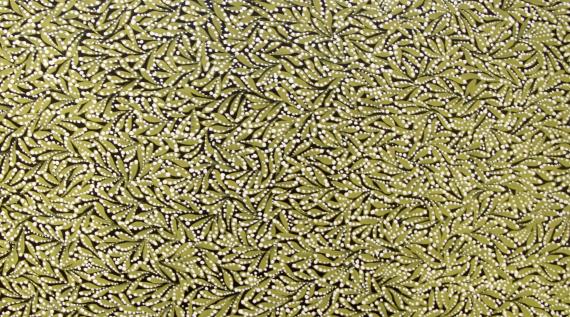Aboriginal Education Strategy
We acknowledge there have been some encouraging improvements in the educational outcomes of Aboriginal children and young people. But much more needs to be done to close the gap.

Culturally Responsive Schools
We promote the development of culturally responsive schools.

Aboriginal Languages
Yaluu ngiyani garay guwaalaaya! Let's talk the language again.

Curriculum: Aboriginal and Torres Strait Islander Histories and Culture
Information to assist school staff to engage in meaningful ways with Aboriginal Spirituality to enrich the faith and cultural life of their students, staff and communities.

Diverse Learning for Aboriginal and Torres Strait Islander students
We support an inclusive approach to providing education services to Aboriginal and Torres Strait Islander students with additional needs.

Mental Health and Wellbeing for Aboriginal and Torres Strait Islander People
Educators and parents can find resources, guidelines, and support services related to mental health issues for Aboriginal and Torres Strait Islander people.

Peak Bodies for Aboriginal Education
A selection of Aboriginal and Torres Strait Islander community organisations and peak bodies designed to support schools and parents

Aunty Ali Golding: Stories and Voices
Listen the Ali Golding tell her story of growing up in Australia, and sharing her culture and experiences.

Curriculum resources
Early Learning Resources
Aboriginal and Torres Strait Islander resources are to assist educators and families to work in partnership to ensure that children thrive in their early years of life.
Primary Resources
Aboriginal and Torres Strait Islander resources are to assist teachers of primary school students.
Secondary Resources
Aboriginal and Torres Strait Islander resources are to assist teachers of secondary school students.
Aboriginal Education Contacts
Find a list of Aboriginal Education Officer contacts from all over the state.

Reconciliation
View the Apology to Australia's Indigenous people from the Australian Government.

Acknowledgement of Country

